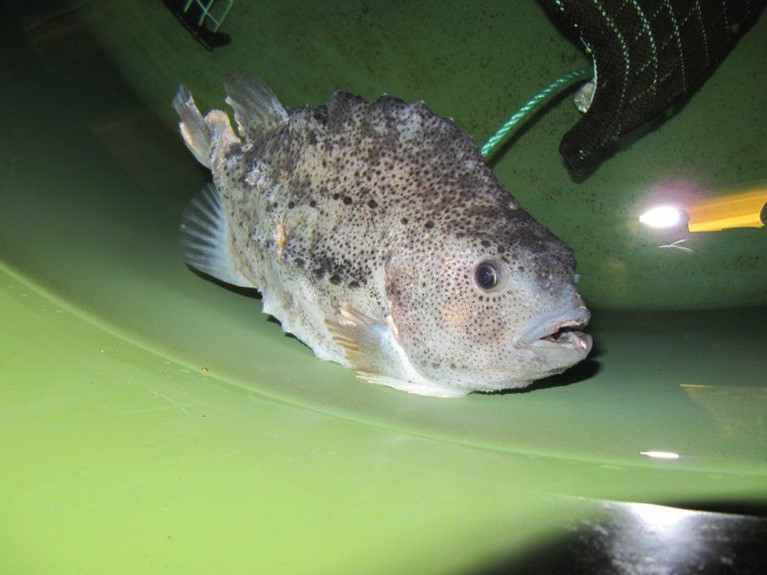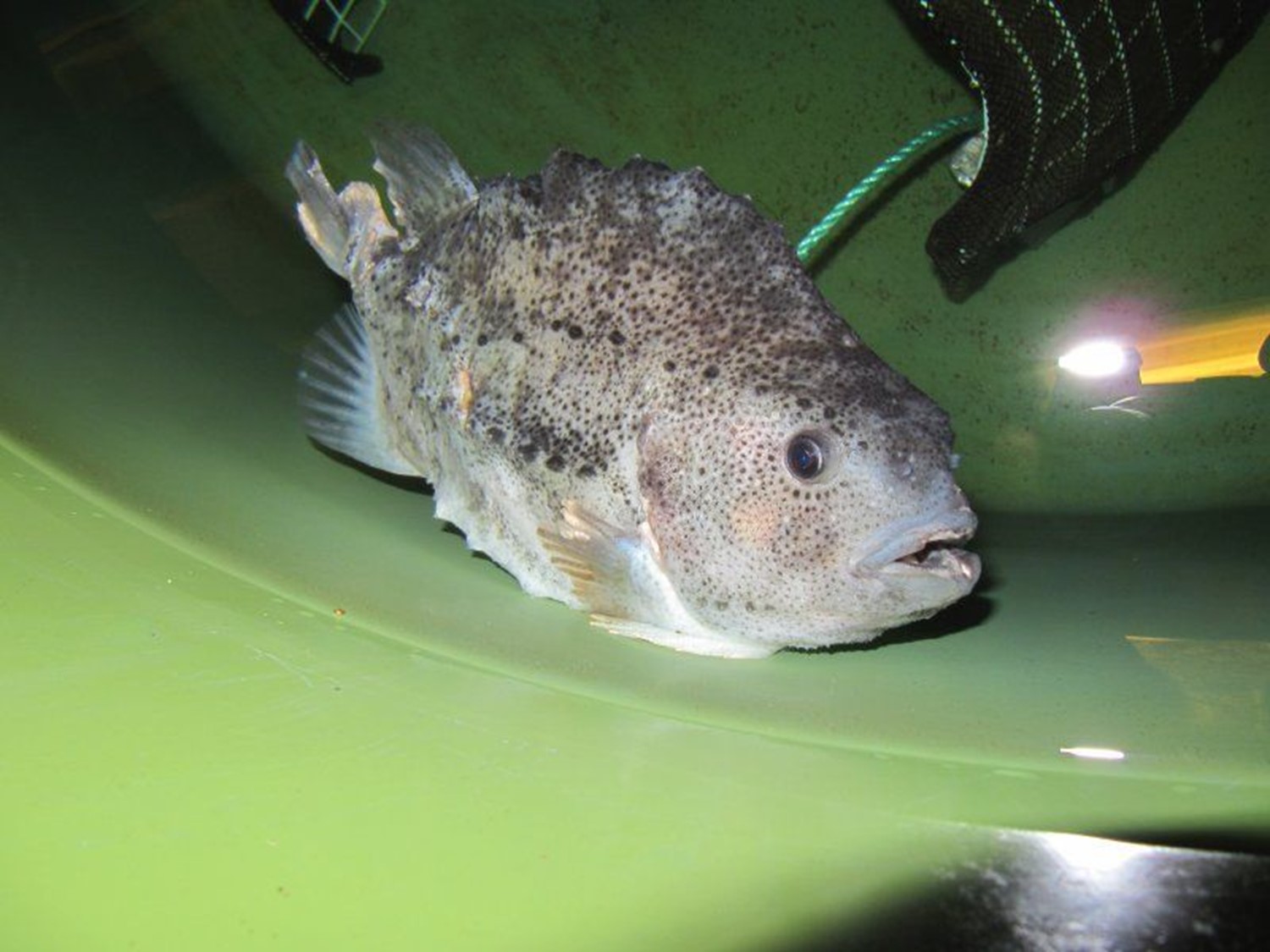SCIENTIFIC RESULT: Fiskaaling’s trials, in examining louse consumption in lumpfish without killing them to see the contents of their stomachs, have attracted a lot of attention abroad and created interest among foreign researchers and aquaculture companies.
In early 2017 three researchers at Fiskaaling did a presentation at an international conference on cleaner fish, which was held in Tróndheim in Norway from February 7 to February 9.
After the conference Fiskaaling has received a large amount of feedback by recognised scientists, who wish to learn more about the new Faroese sampling method. Among other things there have been inquiries by large foreign parties such as SalMar, Lerøy, Akerblå, Gildeskål Forskningsstasjon, Aqua Kompetense, NTNU, and Stirling University.
The subject of the presentation by Jonhard Eysturskarð, Ása Johannesen, and Kirstin Eliasan was how it could be possible to examine lumpfish for louse consumption without killing them, as well as not having to use so-called stomach flushing, which has received sharp objections due to being against animal welfare laws, for instance in Norway.
The director of Fiskaaling Ltd. is pleased with this newest scientific breakthrough by the company.
- An absolute requirement for reaching a result such as this is the close and good cooperation, which we at Fiskaaling have had with the Faroese aquaculture companies, says Jóhanna Lava Køtlum.
The standard procedure, both here on the Faroe Islands and elsewhere, has been that lumpfish are killed before their stomachs are examined to establish whether the individual fish has eaten salmon lice.
Frequently it has emerged that over a hundred lice have been found inside the stomach of a lumpfish. That it has been necessary to kill many louse-eaters in order to make this confirmation is in no small way unfortunate, since it is precisely louse-fond lumpfish, which are the most useful and the most desirable to breed.
In Norway stomach flushing is also used to measure how effective the lumpfish are and to avoid killing them. A tube is inserted into the stomach to inject water, which is then sucked back out. This is repeated multiple times before the stomach contents have been fully extracted. As previously mentioned, this procedure has received sharp criticism, where the Norwegian Food Safety Authority in March 2016 reached the conclusion that it is preferable to kill the fish.
Fiskaaling has developed a new sampling method where samples are taken from the saliva - or the gastric juice – which is then DNA tested to establish whether the lumpfish in question is a louse-eater.
With Fiskaaling’s new sampling method it is possible to collect a lot of samples over a short period of time, and therefore it is more readily possible to form a quick overview of louse consumption as well as an overall view of the conditions at a sea farming area, while simultaneously letting louse-voracious lumpfish live and continue to be of great use.
The presentation by the three researchers at Fiskaaling at the Norwegian conference is based on their scientific paper in the international scientific journal Aquaculture International, which was published in November, 2016.


